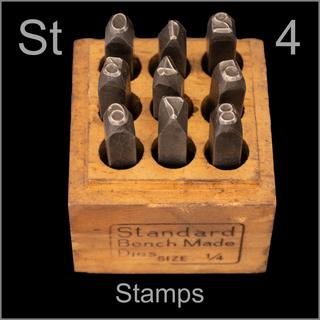 |
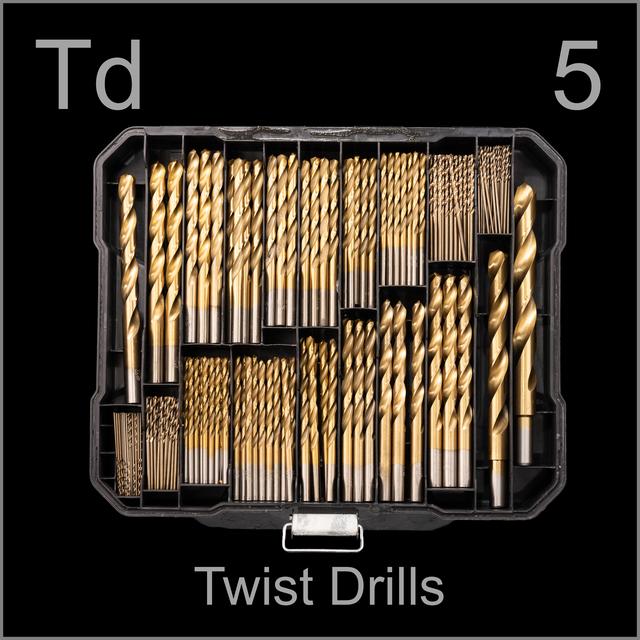
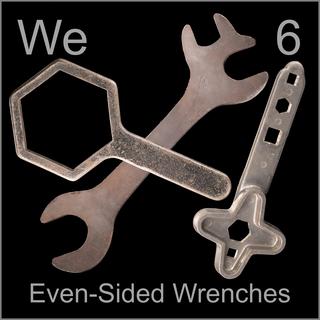 |
Leave a comment below! Or click on an individual tool to see more or leave a comment about that tool. |
|
 |
|
 |
| Long Drill Bit |
 |
| This drill is for bone. It’s so long that you could, for example, drill all the way down the middle of a leg bone to install a titanium stabilizing rod. A reader once sent me pictures of exactly this being done to their leg, and I’m going to spare you the sight. |
 |
| Spotting drills are very, very short. They are used to start a hole in an accurate position. |
 |
| This is a big, big bit. It’s heavy, slippery, and sharp, which makes it kind of dangerous to pick up. |
 |
| Silver and Deming Drill Bits |
 |
| These very short bits with a built-in countersink are called center drills, because their main use is making a hole for a lathe center. |
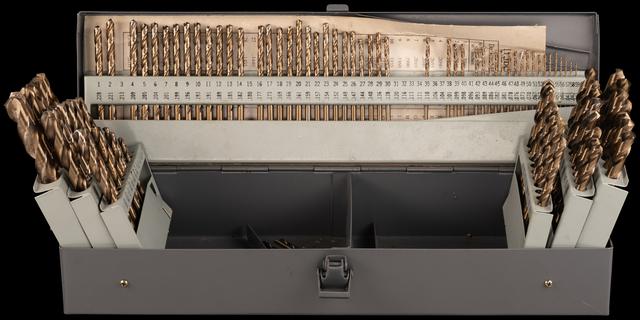 |
| This very common set has a total of 115 bits: 29 fractional inch sizes from 1/16” to ½” by 1/64” increments, 26 letter sizes from A to Z, and wire gauge sizes from 1 to 60. The vast majority of these bits will never be used, and those that are will be lost, leaving you with a set containing only the most useless sizes. |
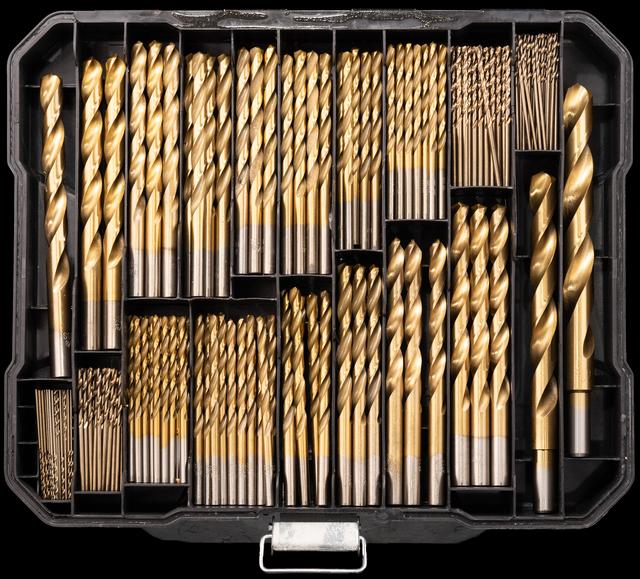 |
| When I saw this set available for a very reasonable price I just about fainted with joy. It’s like a taste of immortality. Instead of having one of every size of drill, it has a bunch of only the most common sizes. You can use a 1/8” bit, lose it, and still have many more left! The total number of bits, and the cost, is similar to a 115-bit set, but the anxiety level is far lower. This is a set you can settle in with and trust will be with you for a very long time. It may not be first love, but it’s close. |
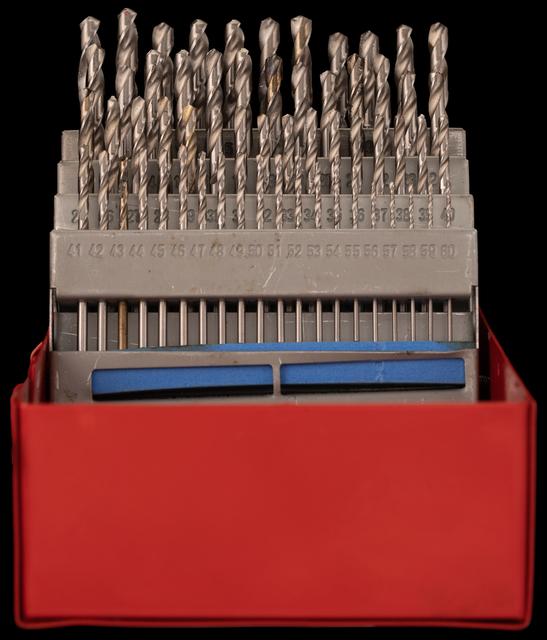 |
| This small drill bit set has only wire gauge sizes in screw machine lengths. I use it for drilling holes to be tapped: the shorter length keeps the position of the holes more accurate. |
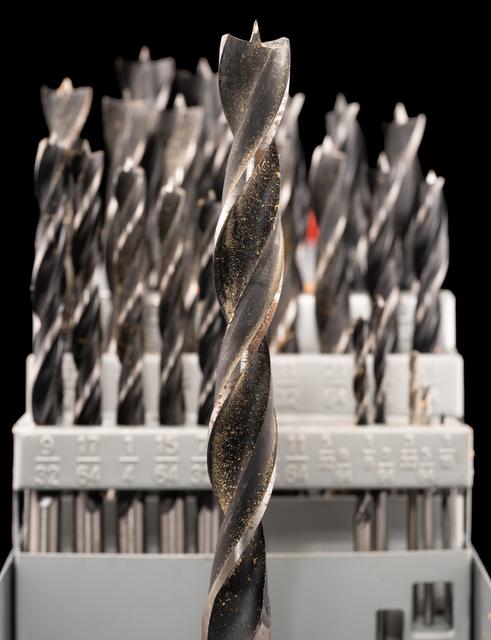 |
| Brad point drills work only in wood. |
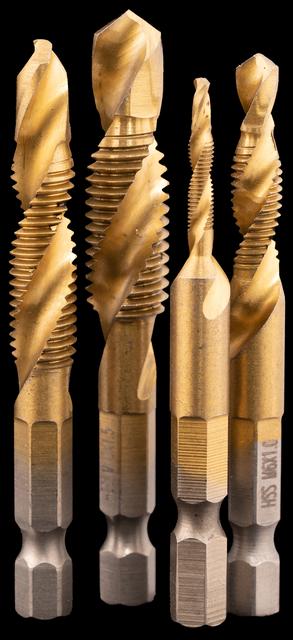 |
| These clever bits combine a drill with a tap, letting you make a tapped hole in one pass. |
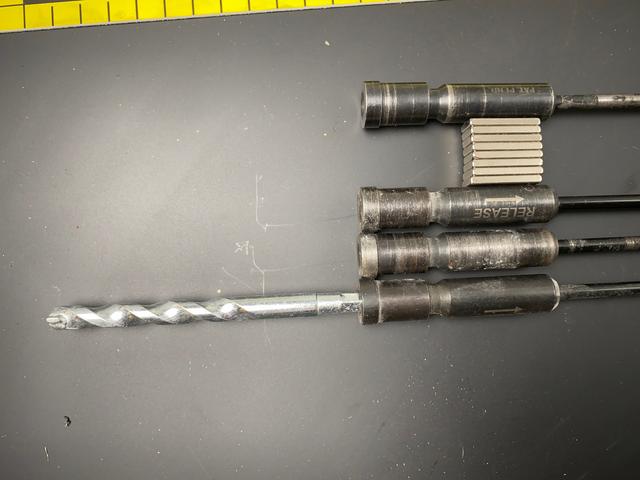 |
| These 3-foot (1-meter) segments of drill rod came as a set just long enough for my job. |
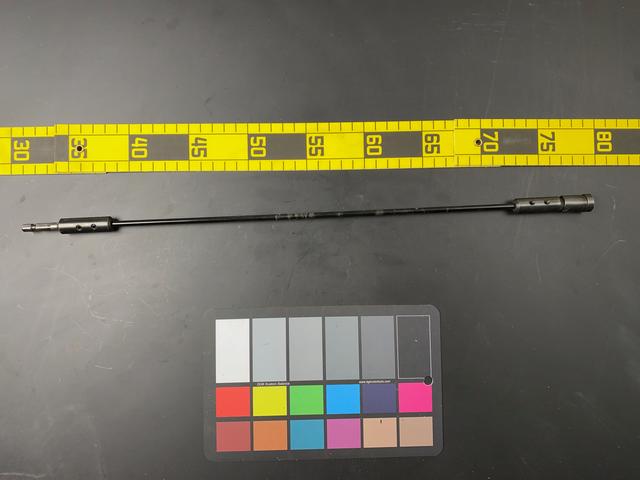 |
| 18” drill rod extension. |
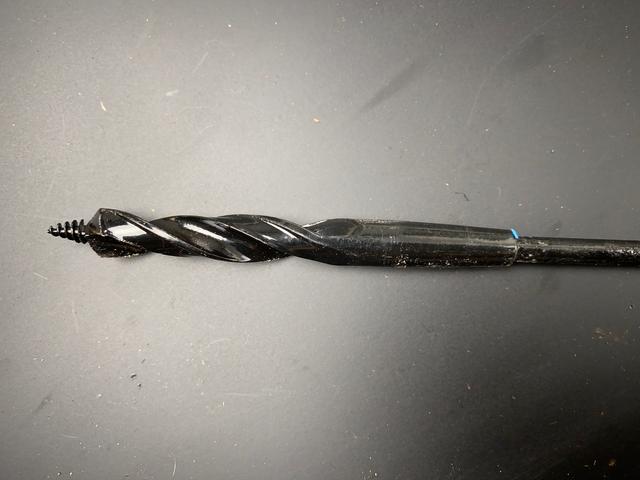 |
| If you just need a bit long enough to go about 4 feet (1.2m), you can get one-piece, extra-long flexible drill bits. |
 |
| Assorted Metal Bits |
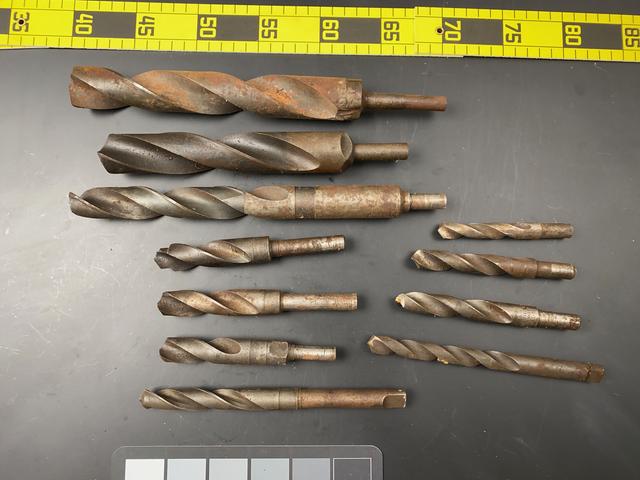 |
| Assorted Metal Bits |
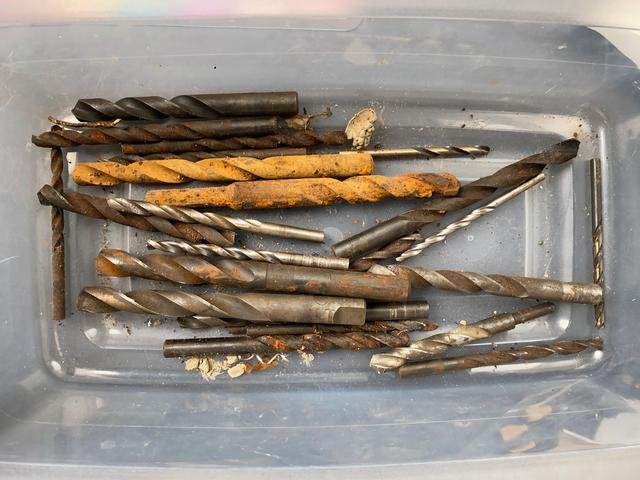 |
| Assorted Bits |
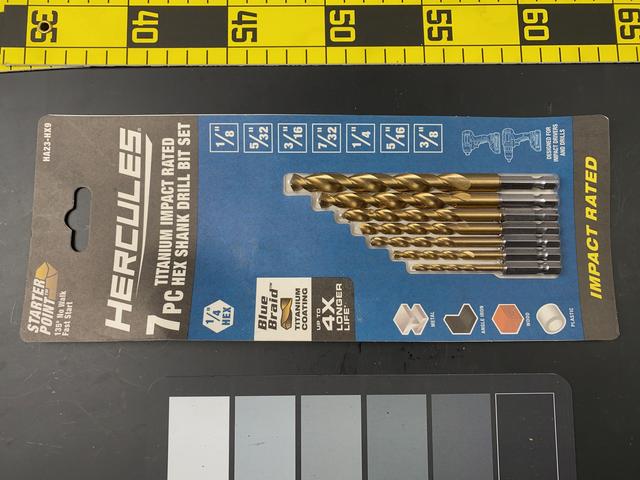 |
| Common twist drills have a round shaft meant to be held in a drill chuck, but you can also get them with these hexagonal shanks, which fit in the same sockets as screwdriver bits. |
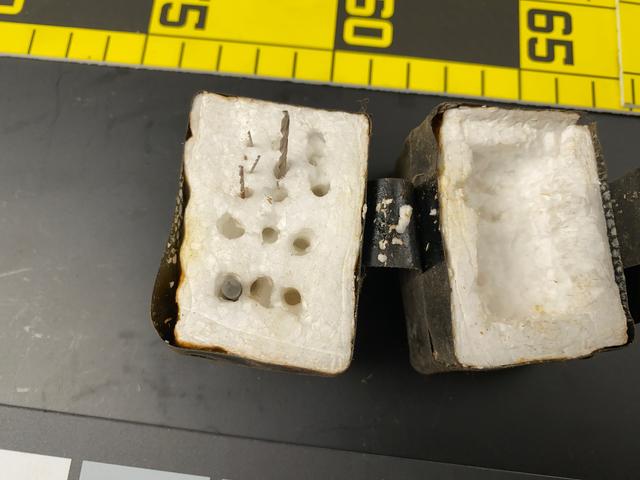 |
| I used these tiny bits to make pinhole camera foils. The smallest I have is #80 wire gauge, 0.013 inches or 0.34mm, but they come even smaller than that. I dropped one of these and search forever until I finally found it hanging from a strand of spider web half way to the floor. |
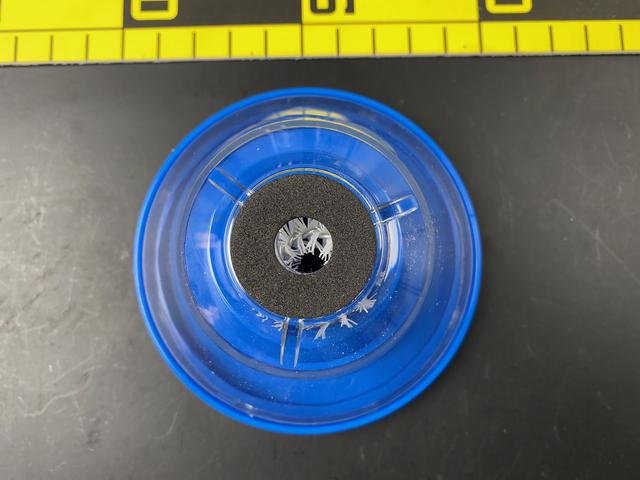 |
| Dust catcher for drilling in drywall. |
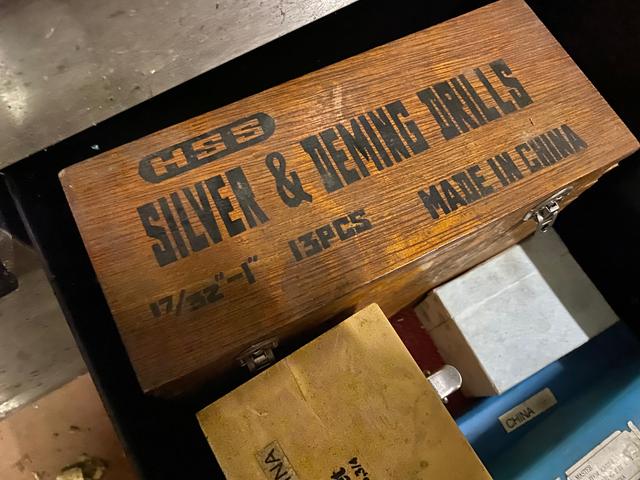 |
| This is a nice chunky bit, but not as heavy-duty as it might at first appear. The fact that the shank is much smaller in diameter than the bit (which makes this a Silver & Deming style of drill) means it can only be used with softer, or thinner, material. If you want a one inch (2.5cm) hole through a thick piece of hard steel, you should consider a drill bit with a full-diameter shank, and a machine big enough to hold it. |
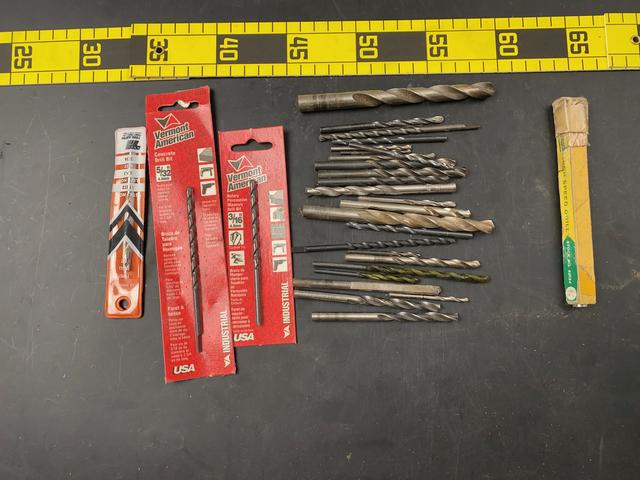 |
| Twist drills come in a huge range of diameters, lengths, and prices. |
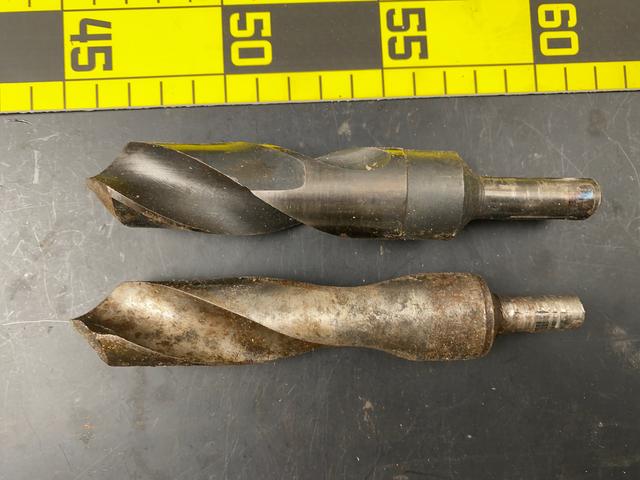 |
| Larger drill bits sometimes come in nice wooden boxes. |
 |
| Long Wood Bits |
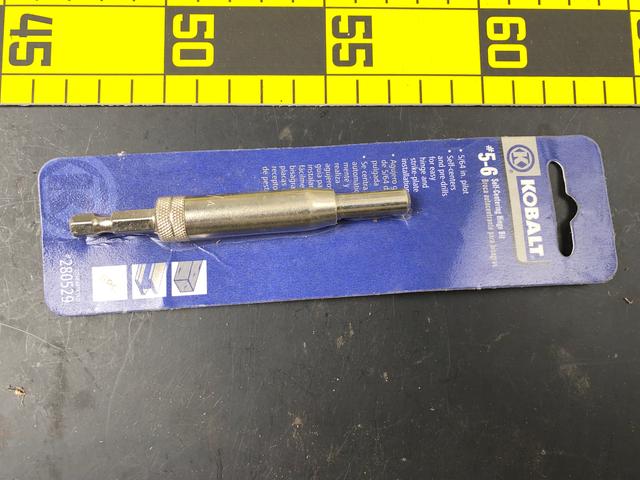 |
| If you have a countersunk hole made with the bits above, and you want to drill a hole exactly centered within it, this drill bit has a guide around it that automatically centers the bit in a countersink. |
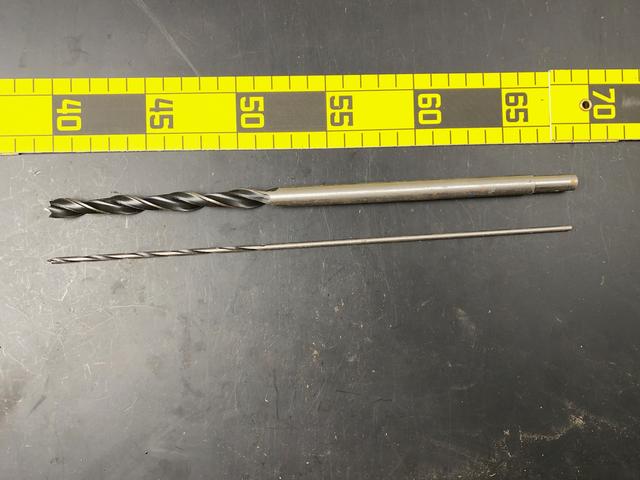 |
| Long Auger Bit |
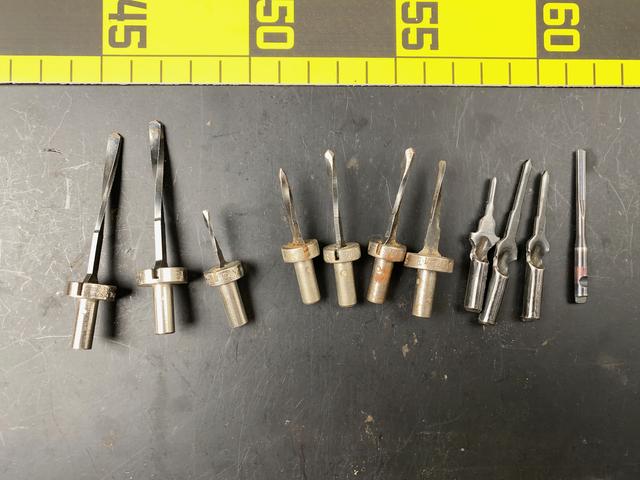 |
| These are a bit like spade bits, but honestly I don’t know what they are for, and at this point I’m afraid to ask. |
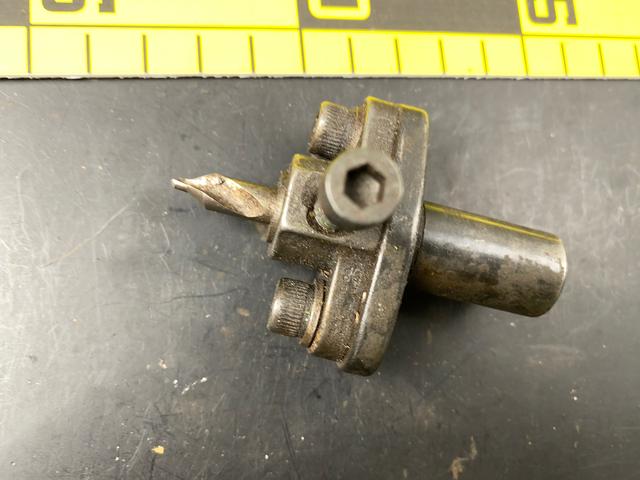 |
| This holder mounts a spotting drill to a larger tool holder. |
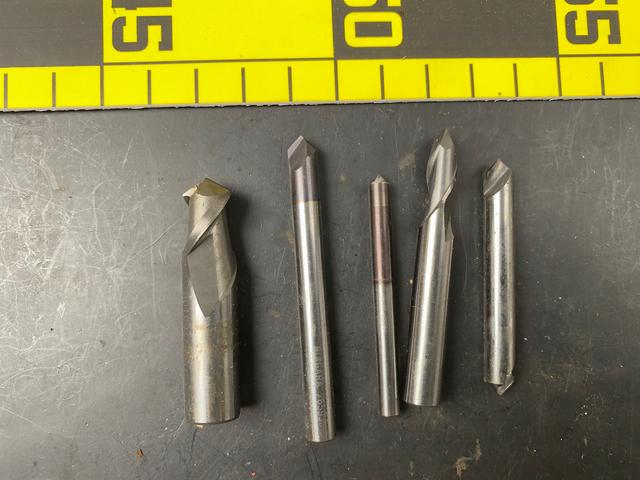 |
| The very shortest drill bits are called spotting bits. Their job is to make a pilot hole in exactly the place you want to start a bigger hole: being so short makes them very stiff and unlikely to wander off center. |
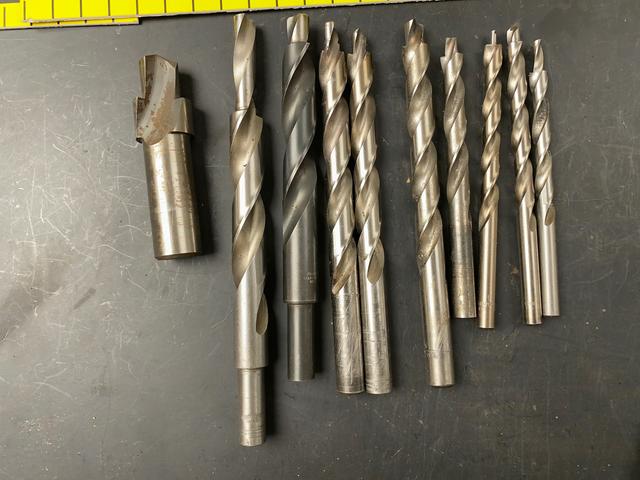 |
| These counter-bole bits automatically make a small hole followed by a larger hole. Useful for making holes that will hold a screw whose head is meant to lie below the surface. |
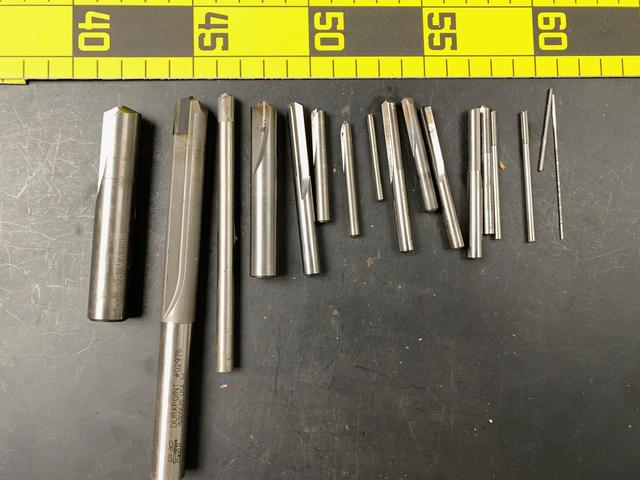 |
| Straight-flute drills can produce smoother sides, but chip clearing is an issue. Some meant for drilling metal have holes that let you pump coolant to the tip, which cools, lubricates, and clears chips. |
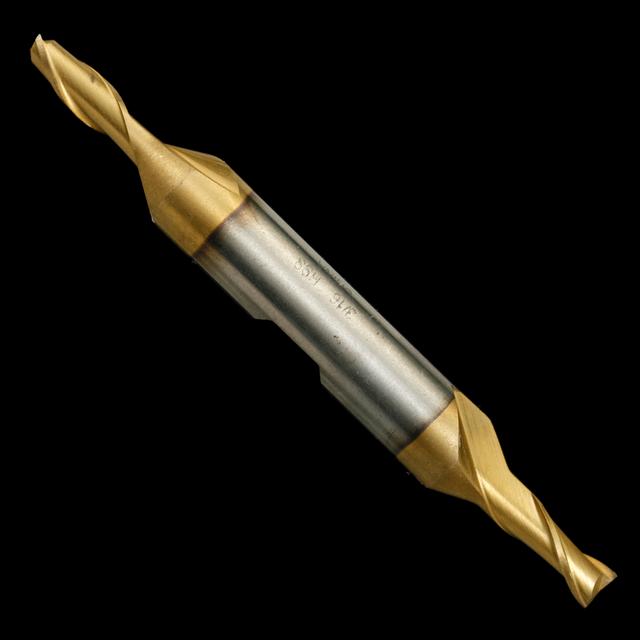 |
| The gold color is titanium nitride, which is a hard, low-friction surface that makes bits last longer. |
Do you have a better example of this kind of tool? Let me know by leaving a comment, and include a picture of it if you can so everyone can see!